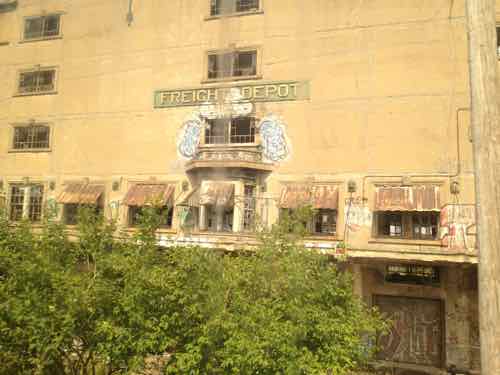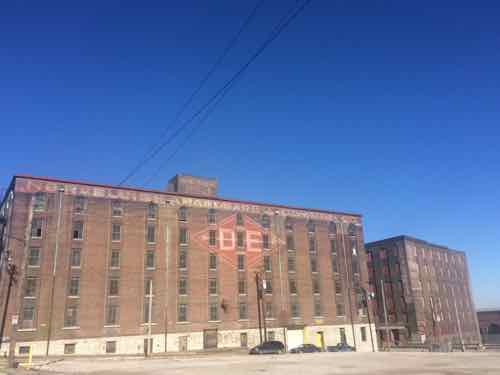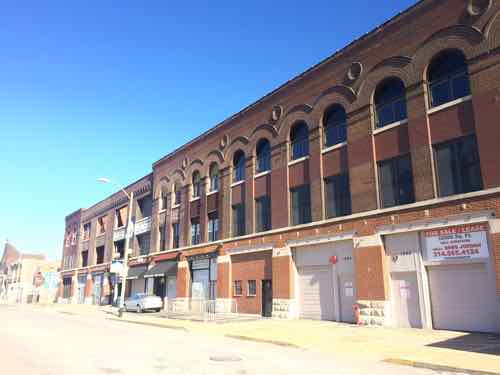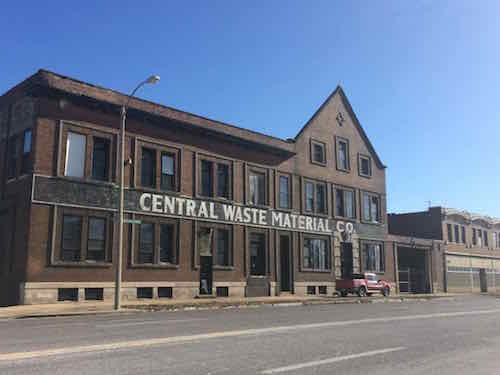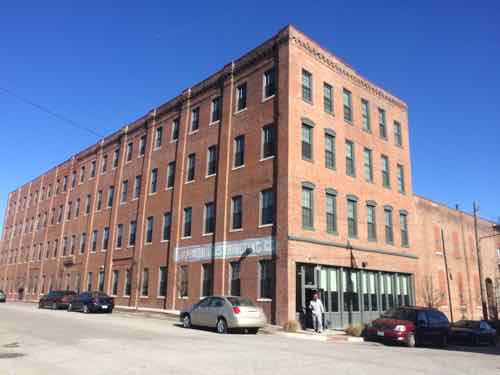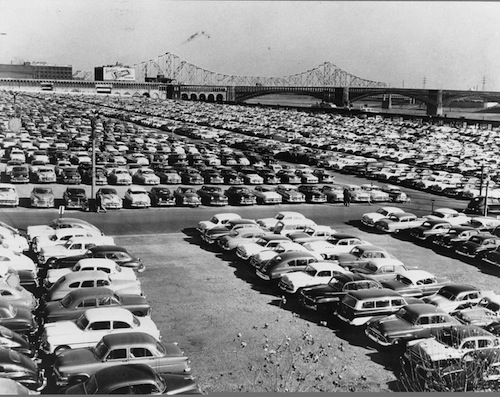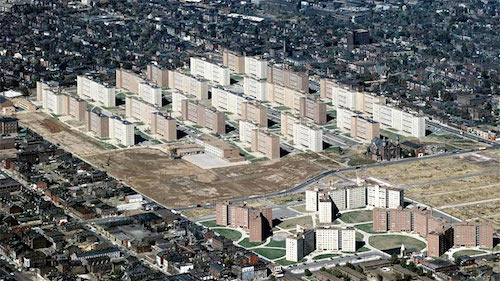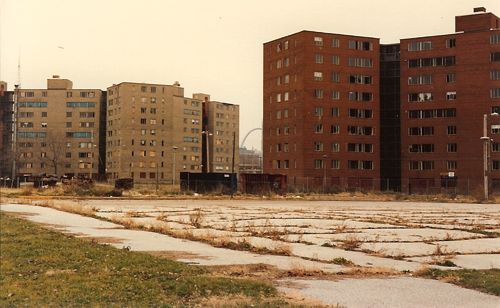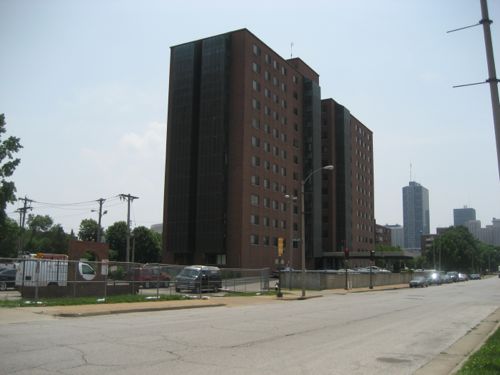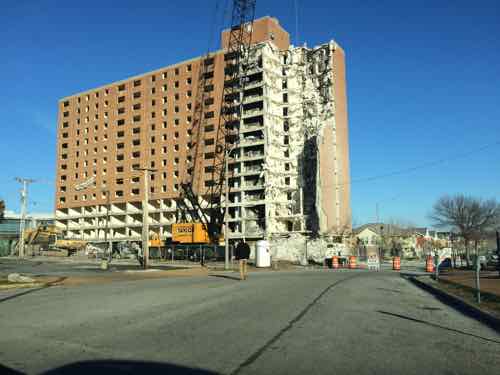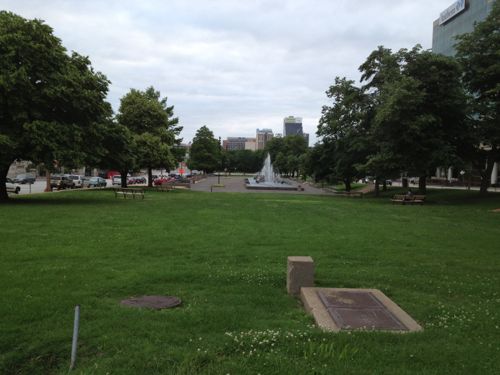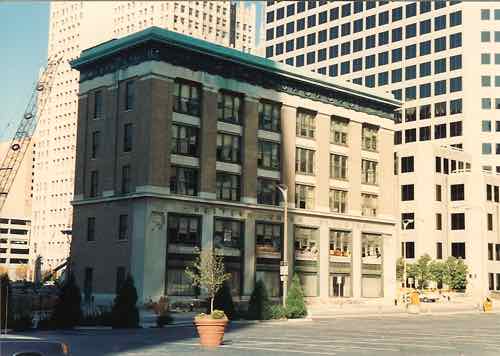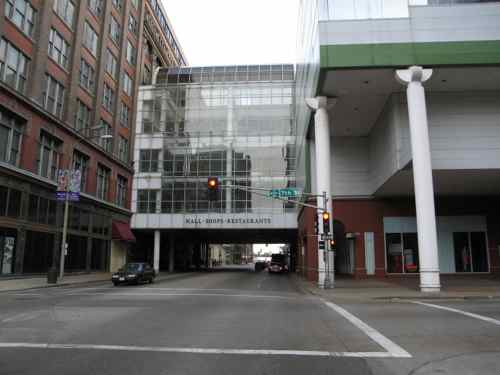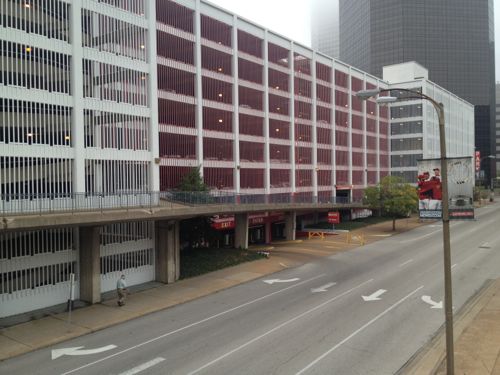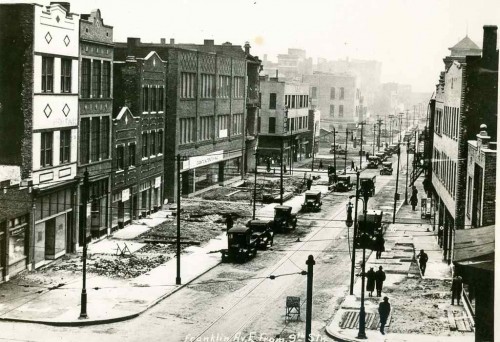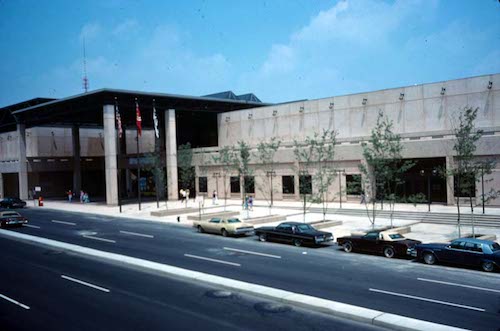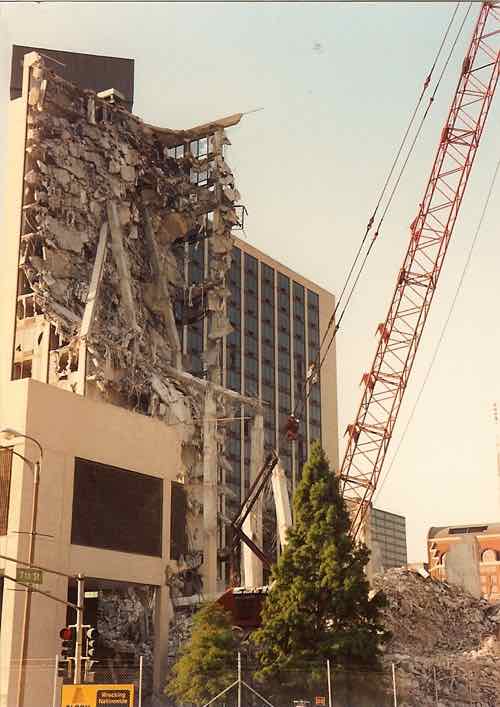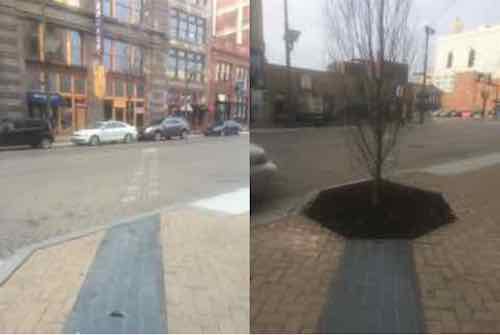Word Police: Vacant vs Abandoned
People often refer to vacant properties as abandoned. Though abandoned properties are usually vacant – unless a squatter has occupied it – a vacant property isn’t necessarily abandoned. Take the beloved Laclede Power building (1246 Lewis St) as an example.
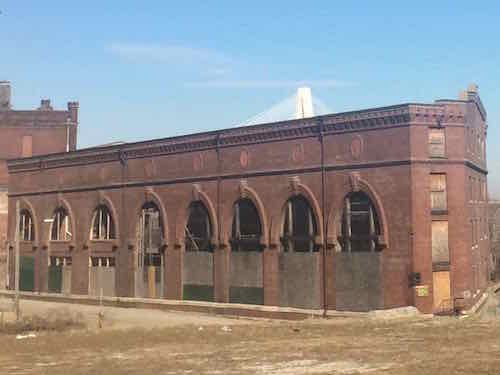
This building, long been identified as a trailhead for the north riverfront trail, has been vacant for years, it’s boarded and has missing windows. Classic abandoned building, right? Wrong! Anyone who knows the history wouldn’t describe it as abandoned:
In 2001, Trigen St. Louis Energy Corp. donated the 45,000-square-foot Laclede Power Center at 1246 Lewis St., valued at $150,000, to Trailnet.
Trailnet plans to develop the building to serve as a gathering place for cyclists using the St. Louis Riverfront Trail. Originally, Trailnet sought to develop the building alone, but the group now plans to partner on the site with a for-profit developer. Tucker said the organization will have a request for proposals available in early June; it’s already spent about $1.5 million on property repair and environmental cleanup. (St. Louis Business Journal)
The building is now owned by Great Rivers Greenway District:
Our History
In the year 2000, the people of the greater St. Louis area voted to create the Great Rivers Greenway District. By exercising their voice and their vote, the residents of the City of St. Louis, St. Louis County and St. Charles County made it clear that they wanted to make the St. Louis region a better place to live. Since that time, the Great Rivers Greenway District has been working to carry out the vision of the people.
Our Mission
The fundamental purpose of the Great Rivers Greenway District is to make the St. Louis region an even better place to live by creating a clean, green and connected region.
Lots of effort & money have gone into this building over the years, including a new roof, waterproofing, etc. to stabilize it. It’s one of my favorites, so much so we have a large framed photo from the interior in our entryway.
Another example is the closed Jamestown Mall.
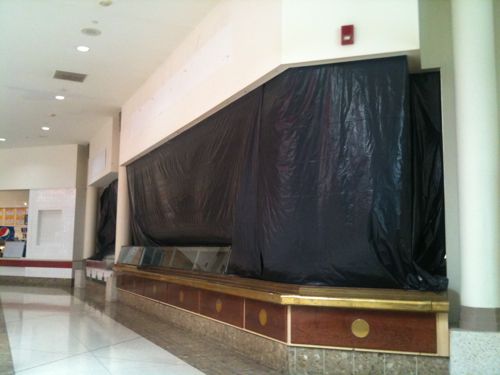
Yesterday:
FLORISSANT, Mo. (KMOV.com) – St. Louis County Police were searching the abandoned Jamestown Mall early Monday morning after a break-in was reported. (KMOV –Police respond after break-in reported at abandoned North County mall)
It’s closed, but not abandoned! The building still has power & water, the owner is presumably paid the property taxes. Saturday afternoon Fox2 posted the story ‘Take a creepy trip into the abandoned Jamestown Mall‘, featuring this video (some language NSFW):
At the 11 minute mark the urban explorer reaches the mall office — the lights are on in the hallway, a chime goes off and he says, “I have a feeling I should not be in here.” Though the video includes “abandoned” in the title the description on YouTube is:
Published on Dec 15, 2014
Exploring a certain StL mall upon popular request. The power is still on here and it is alarmed. DO NOT attempt to trespass here; you will be caught and charged. Armed guards patrol the mall 24/7.
A vacant building with power, water, alarm, security guards, etc isn’t abandoned!
So why am I playing the role of word police? Words influence perceptions and perceptions can influence action — or inaction.
Please don’t call a building abandoned unless you know for sure the legal owner has walked away from the property.
— Steve Patterson

